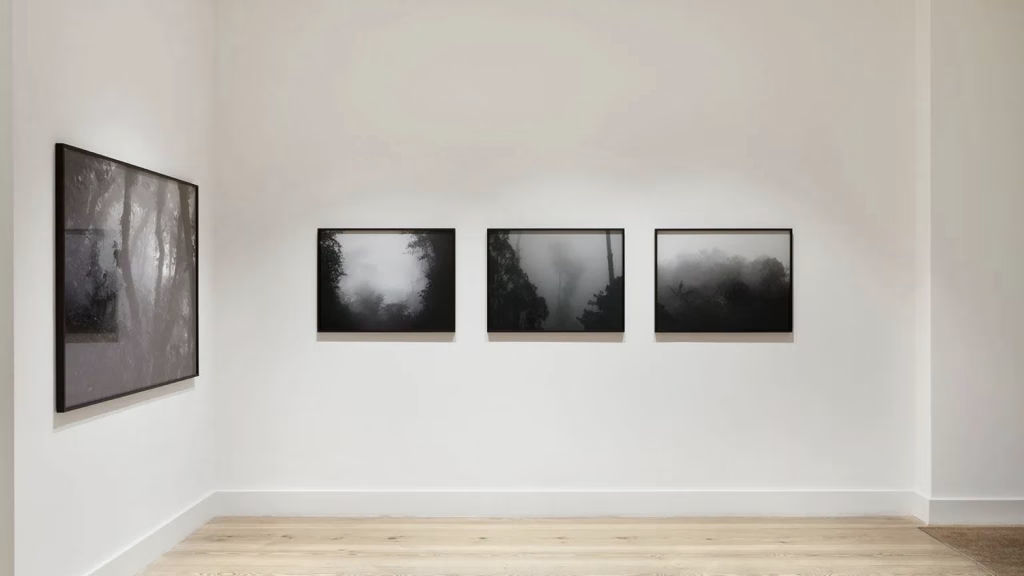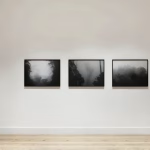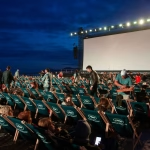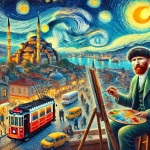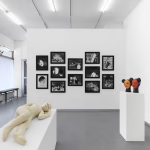Legacy and Resistance: Visionaries We Lost in the Art World
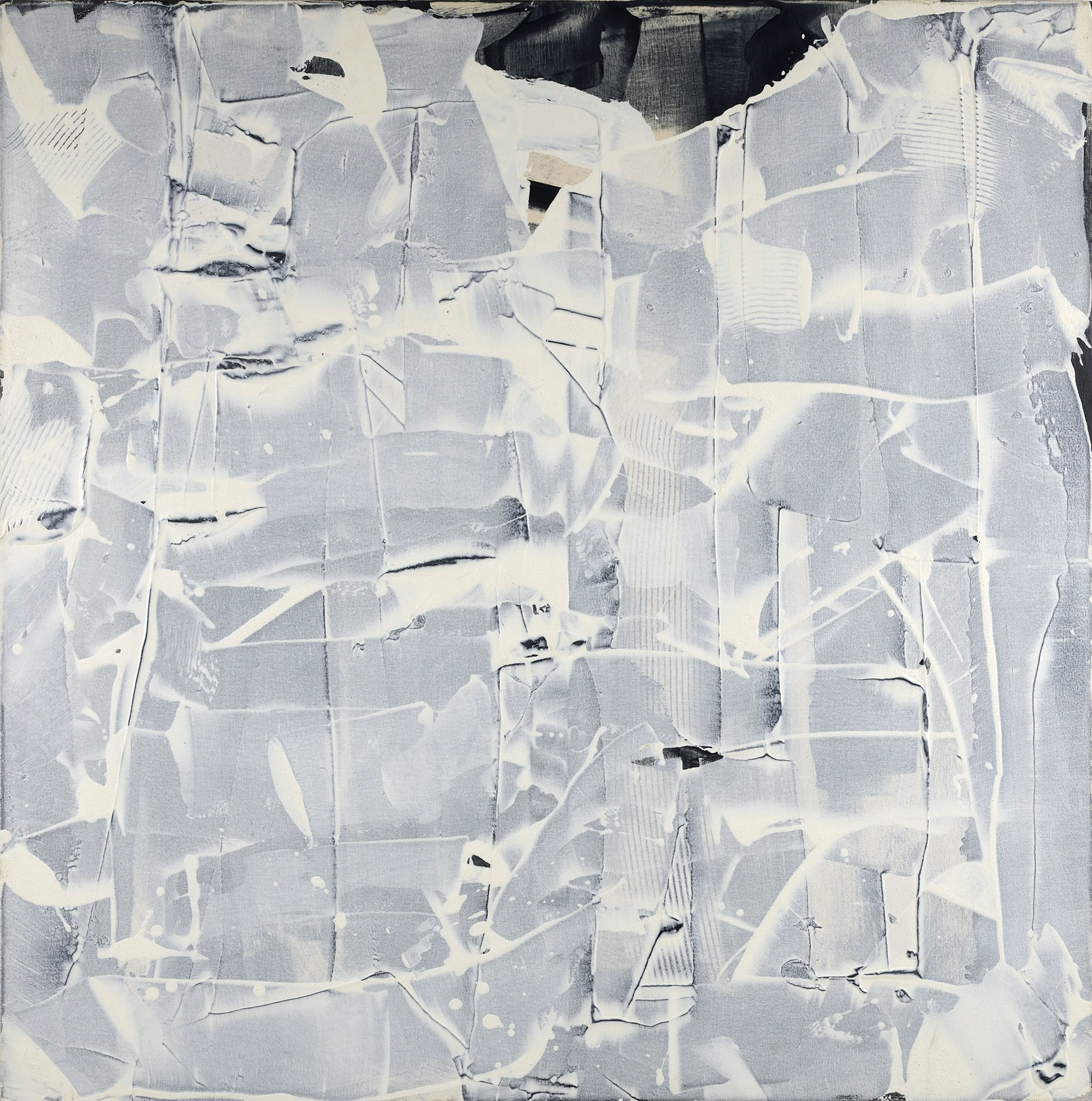
This week, the art world pauses to honor visionaries who left behind an indelible legacy. From abstraction to activism, from history to memory, these pioneers pushed the boundaries of art and the human experience.
Here are the artists and figures we lost this week—creators whose work will continue to inspire:
Frank Wimberley (1926–2025)
An endlessly experimental abstract expressionist, Wimberley painted until his final moments. A pillar of the Black Arts Movement and a vital voice in abstract expressionism, he once told critic Jasmine Weber that visions of artworks “lit up with creative energy” woke him in the night. Into his last year, he tore, collaged, and painted new worlds into being.
Carla Stellweg (1942–2025)
The Dutch visionary of Latin American art, Stellweg was a curator, writer, and director who carved wider global paths for Mexican, Latin, and Caribbean artists. In 1973 she co-founded the bilingual, politically charged contemporary-art magazine Artes Visuales. Curator Andrea Valencia Aranda noted that Stellweg’s “from everywhere and nowhere” identity gave her fearless openness to artists and movements outside the mainstream.
Ed Kerns (1945–2025)
An abstract painter and educator who fused art with science, Kerns’ canvases ranged from geometric abstraction to attempts at capturing an octopus’s consciousness. A professor at Lafayette College, he helped establish its art center.
Michael Smuss (1926–2025)
Polish-Israeli painter and self-taught survivor of the Warsaw Ghetto Uprising, Smuss was part of the Jewish resistance. His paintings—fed by lived memory—blend despair, pain, and luminous moments of beauty.
Sara Terry (1955–2025)
Documentary filmmaker and photojournalist, Terry challenged the West’s urge to judge and exploit Africa with her 2006 project Forgiveness and Conflict: Lessons From Africa. Artistic director of the war-aftermath nonprofit Aftermath Project, she was passionately devoted to visual literacy.
Stan Beckensall (1932–2025)
British rock-art archaeologist, Beckensall—working alongside local fieldworkers, farmers, and shepherds—made landmark discoveries in prehistoric carvings. He wrote more than 40 books, from Hadrian’s Wall to Northumberland castles.
Through the works they leave behind, these artists prove that art is never merely aesthetic pursuit—it is a fierce record of identity, resistance, and memory.




